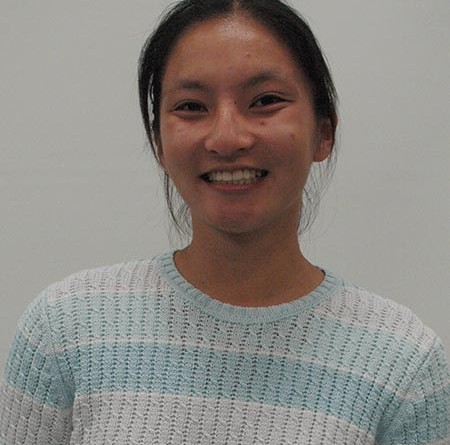Finding solace in studio art
I am halfway through my first year of Beginning Studio Art, but a year ago I never expected to find solace in charcoal stains and pencil smudges. This is the story of how I turned my grayscale life into one of vivid color.
Every student, in order to graduate, must take at least one visual or performing arts class. Some choose band, and others theater, but I selected AP Art History in the middle of sophomore year. I was interested in what the class had to offer, but utterly disappointed when the class didn’t show up on my schedule.
I didn’t take it well. But I knew that I could always change my schedule once school started.
When it came down to it, I chose to stay in Beginning Studio Art. There was something about the atmosphere and sense of freedom unlike any class I’d ever taken.
I only considered taking an art class because it’s a requirement. I’ve seen students carrying large canvasses around campus and splattered paint palettes, rushing back into their classrooms to make a deadline. I never thought I would be one of them.
Until I began Beginning Studio Art, I thought that being “good” at art meant having an innate talent by which an image appeared on a page. I enjoyed drawing, but I never considered myself talented enough to create something other people would like to look at.
Tasked with various prompts with the choice of various mediums, it was my goal to make the most of what talent I thought I had. I hated every minute of practicing how to shade. In Studio Art, being able to shade an image is the essential component of what makes your art look “good.” And that was a lot of pressure for a difficult task. I kept telling myself that I’d never be able to make good art, but somewhere in the midst of it all, I finally convinced myself that the only way I could improve was to shut out the voice telling me that I couldn’t draw.
Art is so much more than the finished piece. It’s the quality of your brushstrokes, the natural light streaming in, the music that’s playing as you work—everything factors into your process.
I’m a beginning art student in an entry-level class. I’m still not that great. But I learned that my art means nothing if I don’t find it beautiful. If I can’t enjoy my art, it’s impossible to convince myself that someone else sees something worth looking at. It’s all about perspective, and good art takes time.
Art has taught me to be patient. I have learned to make the most of my mistakes. It shows me that trusting the process concludes in a better outcome.
Looking back, I realized that I never chose art. In many ways, it chose me. That class has become my haven. It offers a break from traditional schoolwork that continually pushes me to create beautiful things. It’s a different kind of task that is not meant to discourage but challenge you to discover.
Art, in spite of the difficulties and inner struggles, has made me a better person. I don’t like to think of my life without art, because after all, it was always there. I just convinced myself that it wasn’t.

